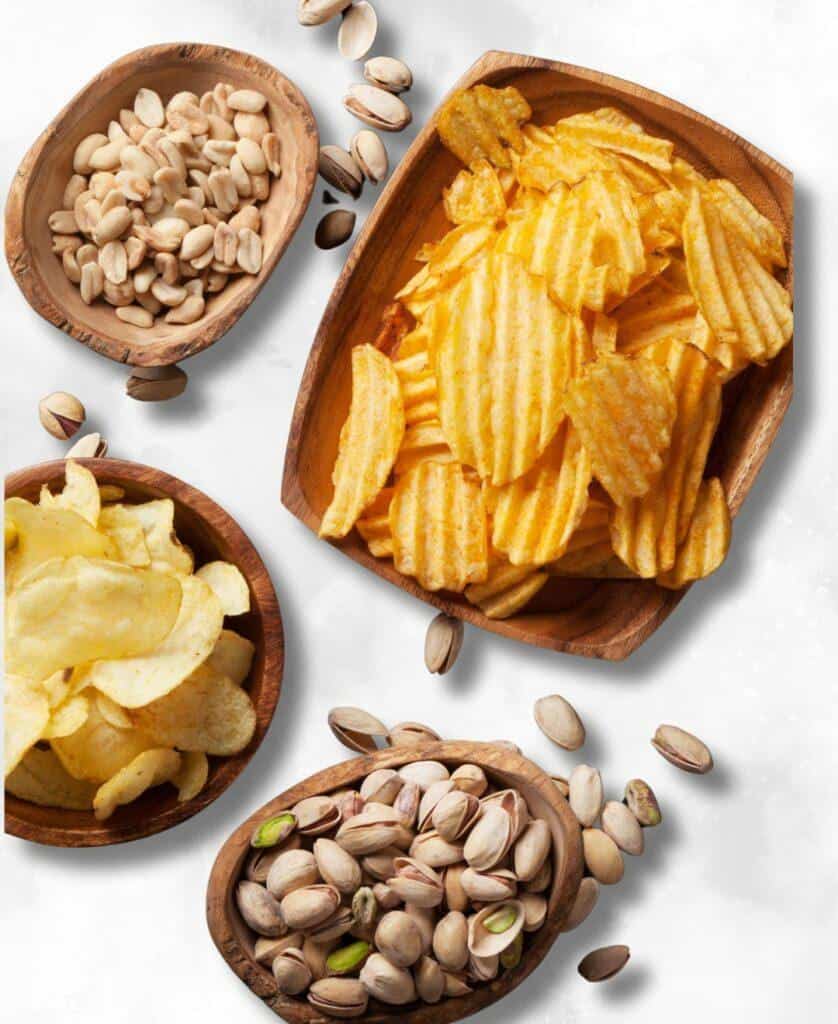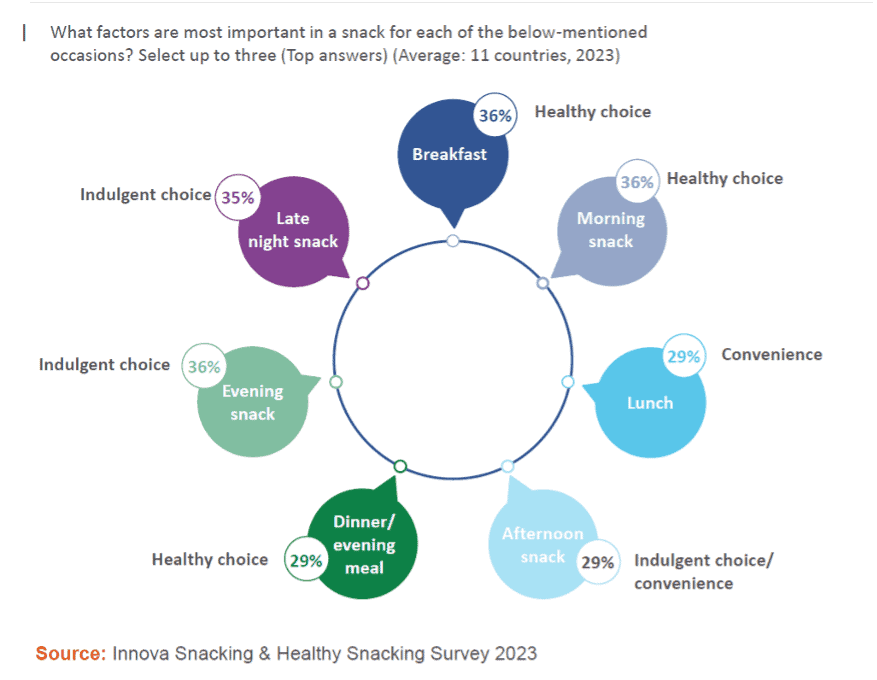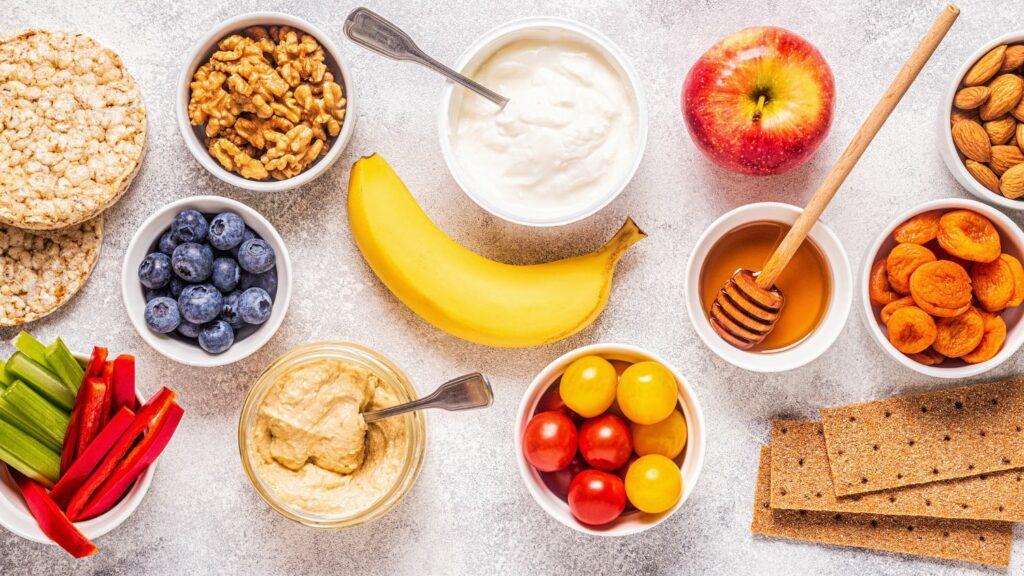According to data from 84.51°, 74% of US consumers under 35 snack at least a few times daily, compared to just 50% for those over 35.
With numbers like that, it’s safe to say that for Millennials and Gen Z, snacking hits different.
The question is, why?
Anne Marie Butler, Edlong’s Global Director of Strategy & Innovation, and Emily Sheehan, Applications Manager at Edlong EMEA, spill the tea on why younger generations are turning to snacking more than ever.
They Use Snack Foods As Meals Because They’re Always On the Go
“Younger generations are constantly on the move. Whether it’s from living in cities, demanding work schedules, or keeping up with their fitness goals they’re searching for products that can keep up with their fast-paced lifestyles.” says Sheehan.

She adds, “When it comes to food, especially snacks, it’s about convenience on the go. They need something that gives them what they need, and fills them up without the fuss.”
While 44% of consumers across all generations believe convenience is important when snacking, the percentage for younger generations is even higher.
Turning from snacking to meals, a separate nationwide survey from Chicago-based Y-Pulse found that 71% of Millennials and Gen Z prefer meals that they can enjoy on the go. 72% of respondents also said that sharing a meal in the car with family or friends can suit their hectic lifestyles.
This makes it easy to understand why 50% of people say they often eat snacks instead of meals. In fact, 55% of consumers turn at least one snack into a meal weekly.
Still, in many situations, choosing the right snack is about more than just convenient calories.
How are Gen-z and Millennials’ Snacks Different?
“Younger generations are showing a much greater focus on health and wellness,” says Butler.
She continues, “They’re going to the gym and working out, drinking less or not at all, and just generally looking after themselves more than previous generations. This, combined with their already active lifestyles, is showing to be a main driver of innovation.”
For this reason, protein continues to be a favorite snack for its ability to address satiety in various healthy and convenient form factors.
Still, while protein remains in high demand, many of these health-conscious consumers desire products that offer holistic nutrition and/or targeted functional benefits.

“A lot of people are tracking their calories and macros. They love seeing that a snack can help them hit their targets for protein and other nutrients like carbs, fat, and even fiber,” explains Sheehan.
In addition to nutrition, more products are being launched with functional ingredients that provide targeted health and wellness benefits.
With food and beverage benefits ranging from greater energy, stress reduction, gut health, improved sleep, and more, these consumers are able to curate their purchases to fit their specific needs.
Likewise, what they’re looking for from a product can literally be the difference between night and day.
The State of Snacking
As Butler puts it, “People are starting to structure their day differently, and that’s having a major impact on their snack choices.”
“Maybe they’re hitting the gym in the morning and use a pre-workout beverage for the energy to get them through it. This holds them over to brunch or even sometime in the afternoon where they might choose a post-workout protein shake that can be just a snack or end up replacing a meal.”

Sheehan agrees and adds that this can apply to much more than just fitness: “Between work-from-home and hybrid arrangements and more young people switching to things like intermittent fasting, someone’s reason for choosing specific snacks isn’t always the same.”
Whether it’s for health, convenience, or pure indulgence, the following chart clearly shows how much when someone chooses a snack can impact why & what they choose.
Responsible Snacking Habits
Despite their healthy obsession with wellness, younger consumers, like everyone else, aren’t afraid to indulge from time to time.
However, when they do give into moments of permissible snacking indulgence, they try to do it mindfully.
In fact, even though Gen Z tends to prefer sweeter snacks than Millennials (salty), a survey of 2,000 consumers over age 18 found that 39% of Gen Z respondents reported “too much sugar” as one of the main things they try to avoid when buying sweet snacks. This is compared to just 30% of adults over 60.
That same survey also showed how, even more important than what they avoid seems to be what they seek out. 73% of Gen Z respondents cited quality as a key influence in how they choose sweet snacks. Adults over 60 were only 50%.
Not limited to sweets, demand for snacks that can manage to offer both quality ingredients and nutrition are massive opportunities for innovation.
The success of these products always comes down to something all ages can agree on.

Does the Same Taste Appeal To Older Generations?
As much as emphasizing convenience, health, and quality can position products to appeal to younger shoppers, taste is what can ultimately make or break a snack’s success.
When choosing what snacks to buy, 67% of shoppers aged between 18 and 34 expressed that taste and flavor were their top priorities. Across all age groups, 72% of shoppers prioritized taste over convenience or fulfilling their cravings.
Luckily, at Edlong, we’ve got you covered.
For more than 100 years, we’ve been showing generation after generation everything that the authentic taste of dairy can be.
From convenience and better-for-you to functional ingredients and innovative plant-based options, find out how our international team can help you find the perfect solution for your snack products regardless of generation.
About the Authors:
Anne Marie Butler,
Global Director of Strategy and Innovation

I help food stakeholders from startups to CPGs solve complex flavor problems and accelerate innovation within the food space. Through my 15+ years of experience, I’ve gained skills as a food technologist, thought partner, and leader. My clients and team appreciate my collaborative, humanistic approach to problem solving. In an increasingly tech-centric world, I think that human connection is the source of innovation. Through my work, I’ve realized how important it is to be more proactive about inviting stakeholders into conversations around flavor innovation. I’m not working alone, and I don’t want to be thinking alone either.
Emily Sheehan,
Applications Manager, EMEA

Hi! I’m Emily Sheehan. I’m the Applications Manager, EMEA at Edlong, and my job is rooted in creating exciting new possibilities for our people and processes. It’s inspiring to reflect on how much Edlong has achieved and even more amazing to be involved in such thoughtful innovation. We enjoy pushing boundaries in food and flavour, and we welcome everyone in the food industry to join us. If you’re in need of expertise or inspiration, I’d love to collaborate and help you design flavour solutions that resonate with consumers!
Topics: Snacks & bakery
Resource Type: Article
Resource Region: EULATAMUS